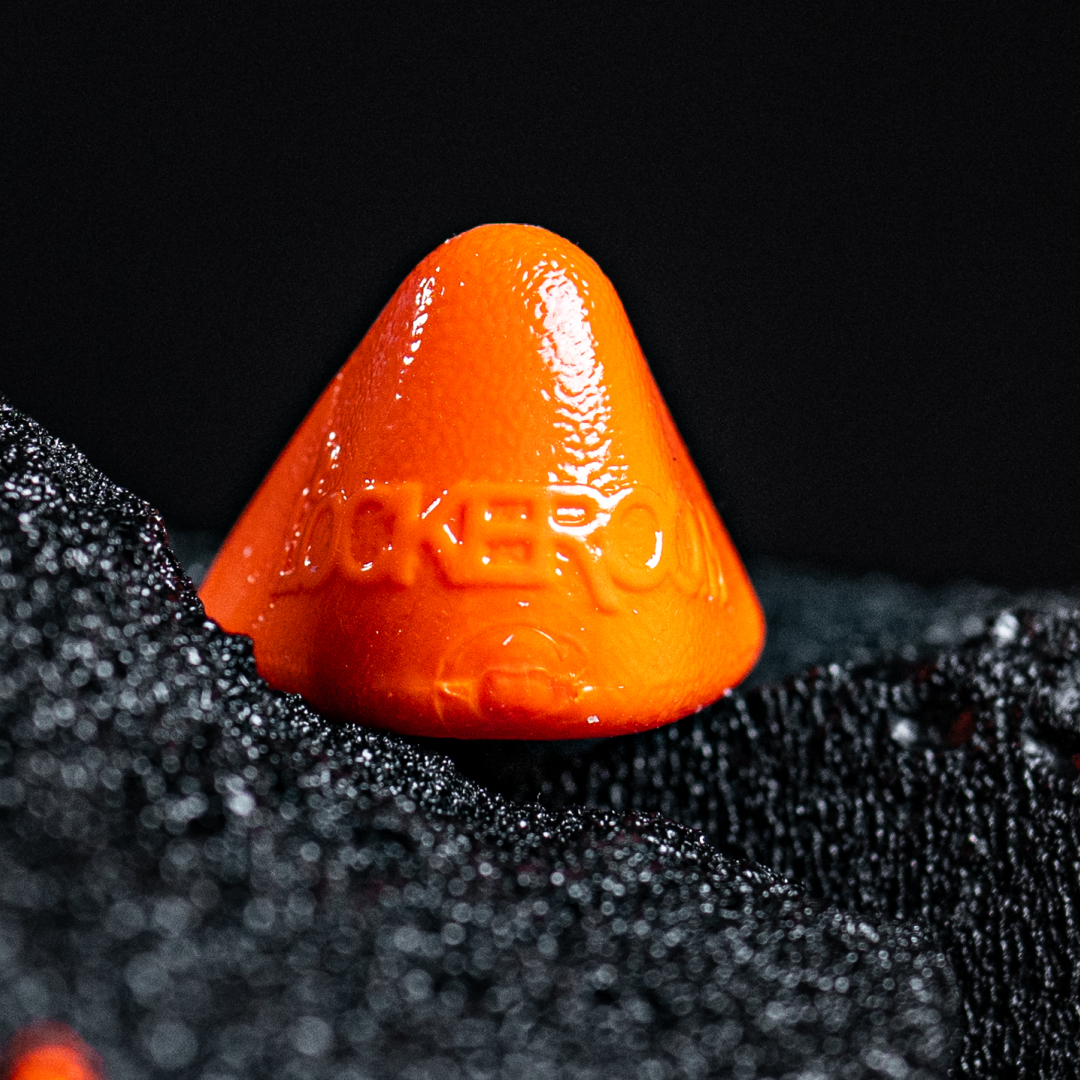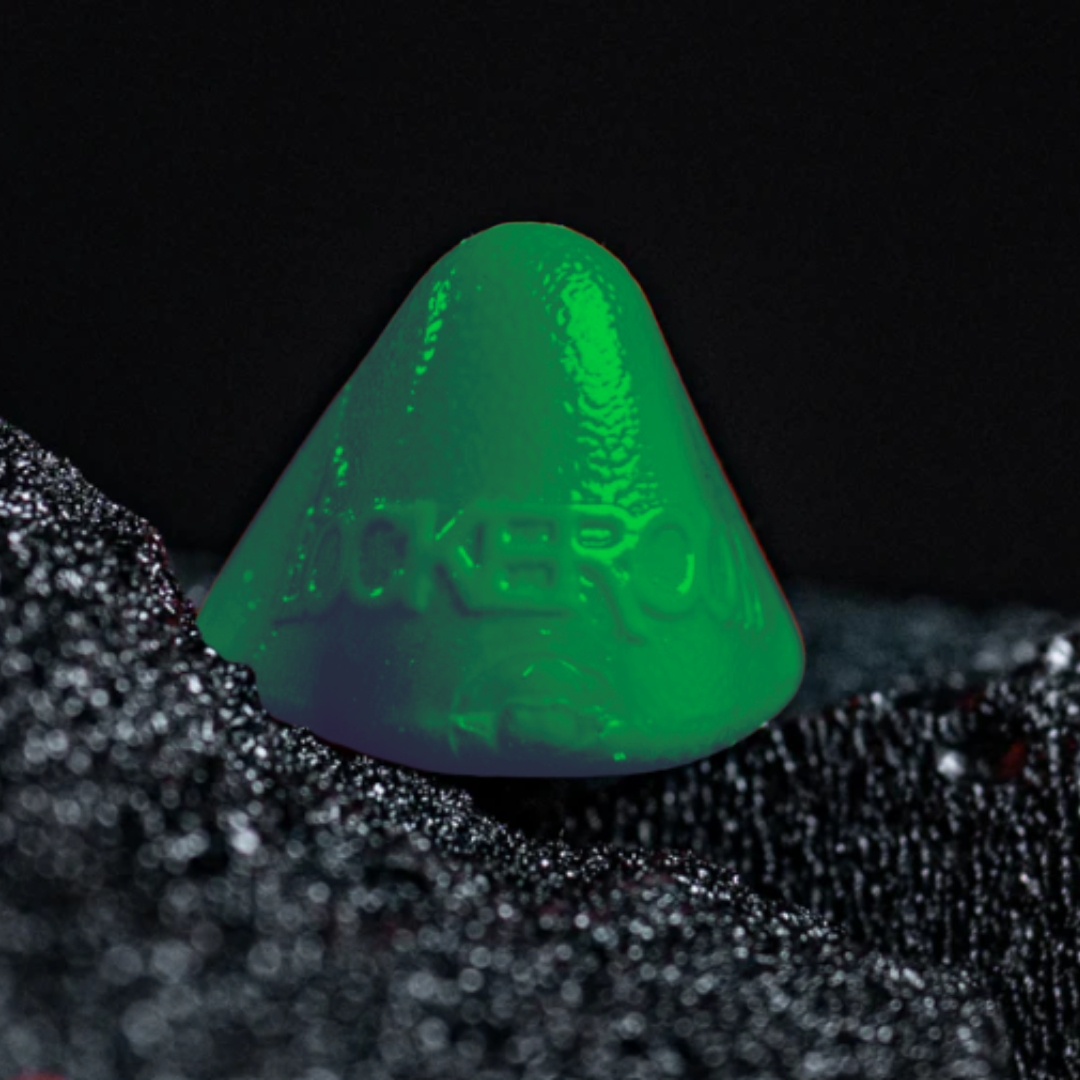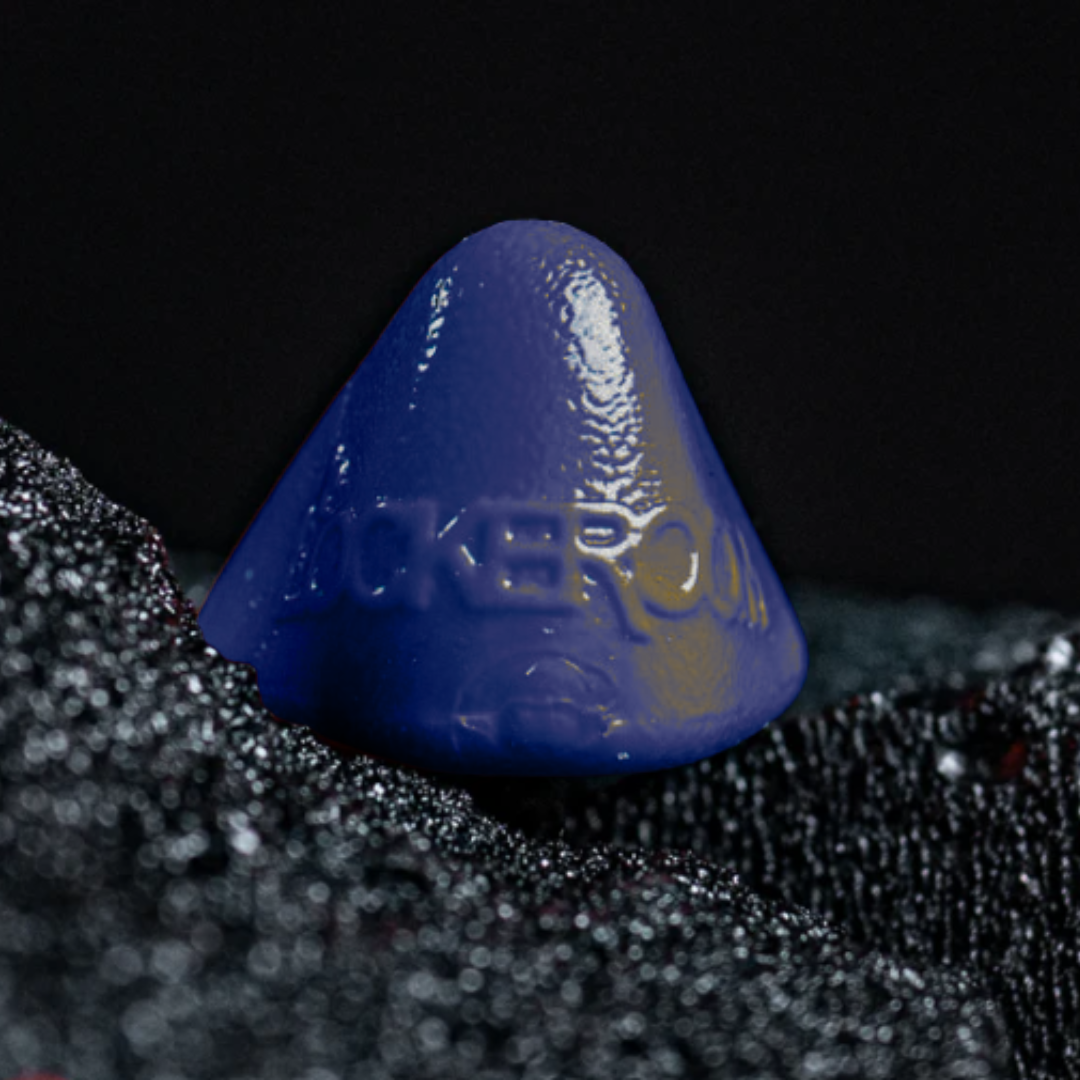
Q&A with Cam
Learn what might be behind your symptoms
What are the most common elbows problems you see in the Physio Clinic?
The most common injury seen is Tennis Elbow (lateral epicondylitis) followed by Golfers Elbow (Medial Epicyloitis) Both characterized by tendon inflammation caused by repetitive elbow flexion or extension and wrist supination and pronation.
Symptoms typically include a painful, weak grip, point tenderness on the lateral or medial epicondyle (bone), and pain when rotating the forearm, such as when turning a key or door handle.
These conditions are commonly seen in tradespeople, as well as gym trainers who perform repetitive bicep curls and of course tennis and golf players.
What's the best way to manage Medial elbow pain?
The best course of action when experiencing medial elbow pain begins with investigating the tendon to exclude a partial tendon tear or tendinopathy.
Treatment usually involves rest, anti-inflammatory measures, and possibly physical therapy to address the underlying cause of the inflammation.
From there, you can start:
- using a tendon de-loading elbow compression strap
- applying localized pain relief with an Ice Mate Mini
- releasing forearm muscle triggers with a Pocket Physio.
- following a progressive tendon strengthening program using a Pocket Physio Twist
- performing Grip strengthening exercises with a Pocket Physio Squeeze
Are there any other type of elbow injuries you treat?
Hyperextension injuries and dislocations are common in collision sports where a competitor is tackled or falls and lands on an outstretched arm, or where contact is made with an already fully extended elbow.
Dislocation requires reduction to restore the joint and then immobilization to assist in reducing pain. Hyperextension injuries are still painful. They may require immobilization.
Both injuries normally require early mobilization to ensure normal full range is eventually achieved. Recovery support from your therapist will be required in these injuries.
When can I return to play after a hyperextended or dislocated elbow?
You can return to play when the function returns, meaning you achieve most of your range of motion (ROM) and strength. This could be anywhere from 2 to 6 weeks.
Elbows can be difficult to manage, however a gentle but passive-aggressive approach (light, predominantly pain free exercise in small exposures several times a day) would be a good approach.


























